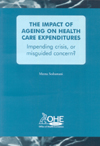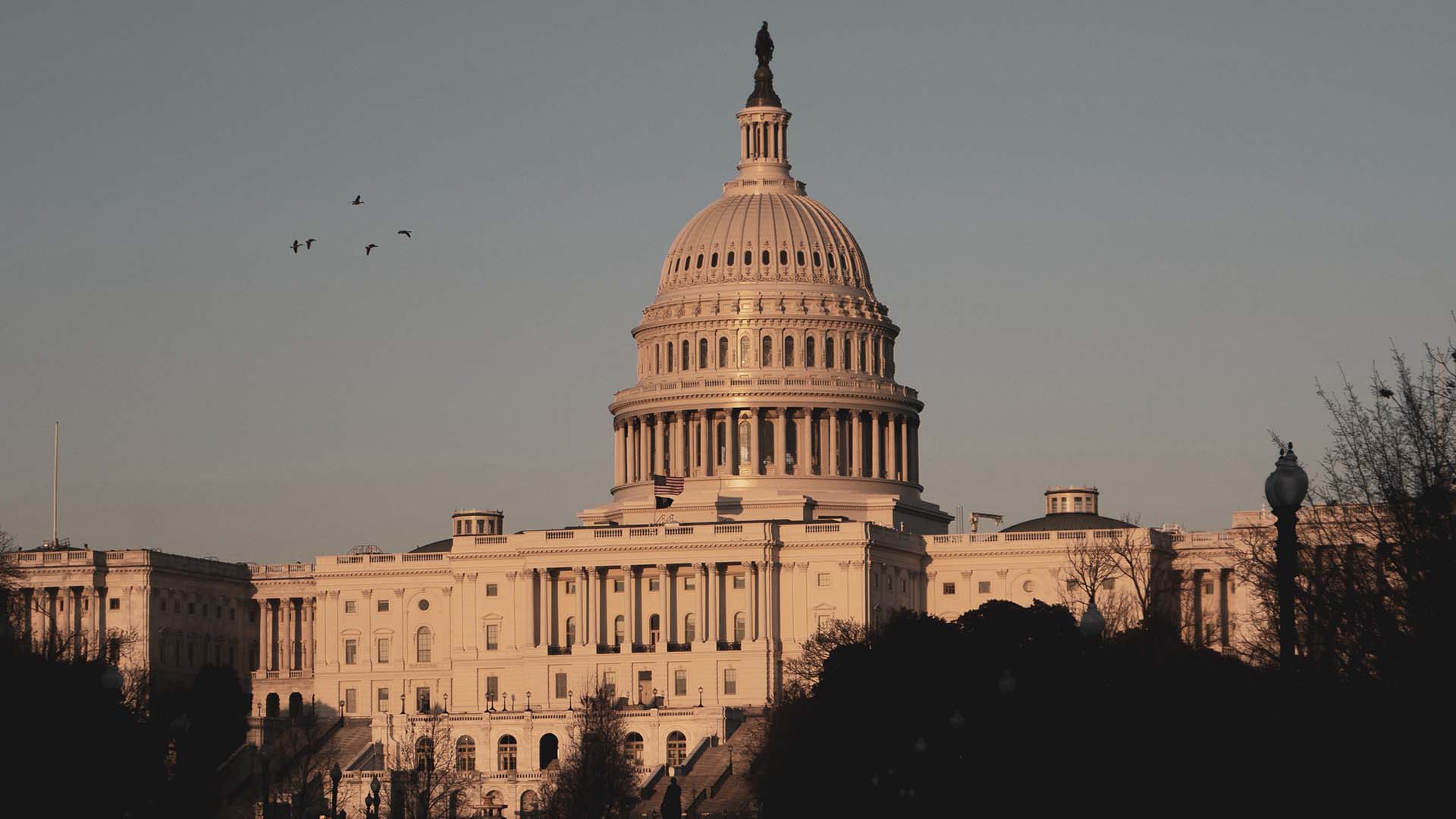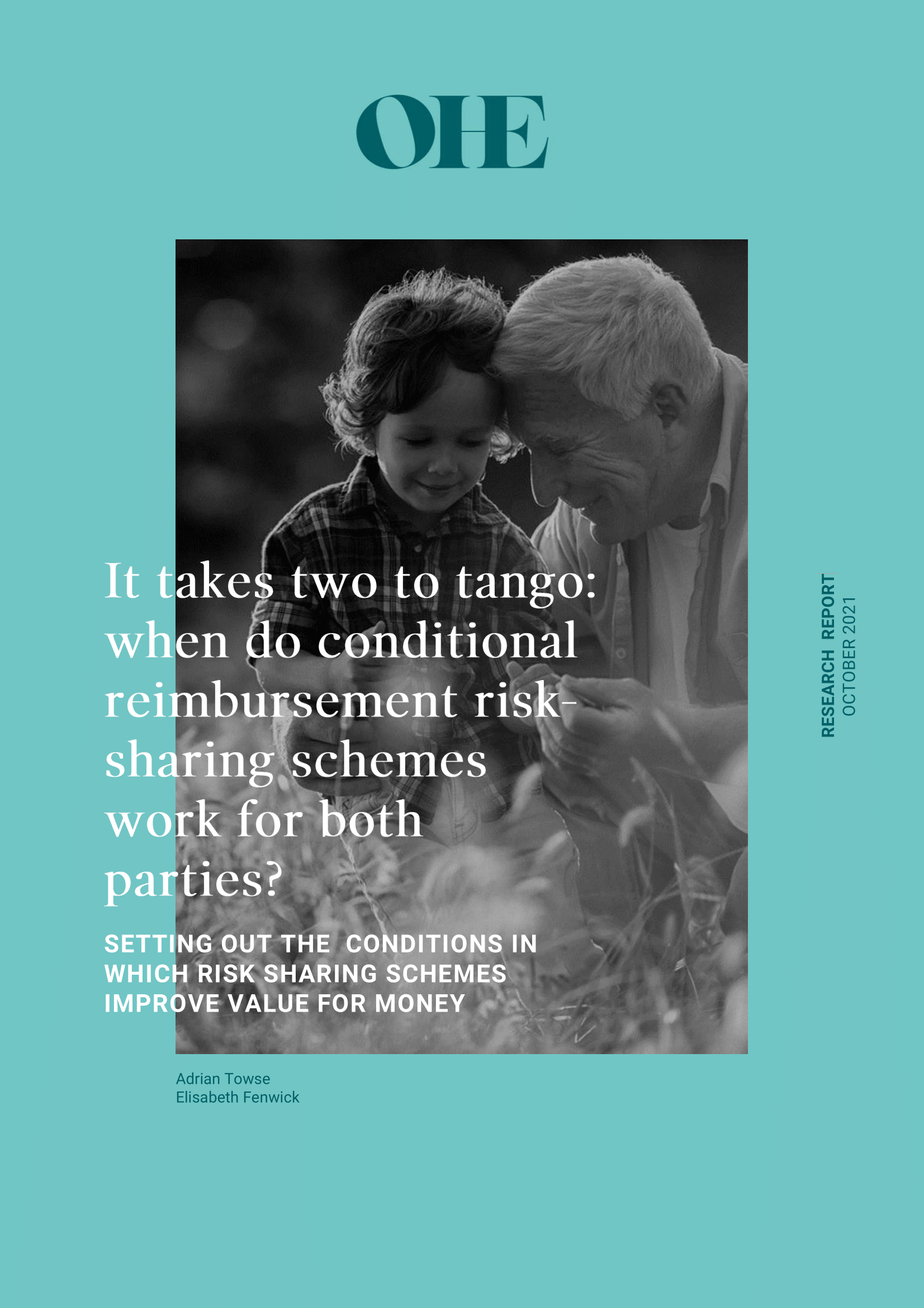Unlocking the Value of Combination Therapies

The past few decades have seen an accelerating increase in the numbers and proportion of older people in the populations of many countries.
Population ageing will have a profound impact on the societies, politics, and economies of countries. In particular, ageing is associated…
The past few decades have seen an accelerating increase in the numbers and proportion of older people in the populations of many countries.
Population ageing will have a profound impact on the societies, politics, and economies of countries. In particular, ageing is associated with alterations in private and public expenditure patterns, due to differing needs and preferences of older versus younger consumers.
It has been argued that the compensating effects of simultaneous increases in numbers of the older population and decreases in the young would lead to little overall change in macro-level private consumption (Richter, 1992). Social expenditures, however, can be expected to change dramatically; it has been estimated that public spending components sensitive to age structure – including old-age pension programmes, health and long-term care, family/child benefits, and education – comprise 40% to 60% of total public spending (Dang et al., 2001), with total social outlays per capita being higher for older than younger populations (Richter, 1992).
Chapter 2 presents a study of age-specific expenditures for Hospital and Community Health Services (HCHS) and Family Health Services (FHS) in the National Health Service (NHS) England and Wales, which finds that the age-expenditure relationship has not stayed constant over time.
Chapter 3 surveys the current epidemiologic and economic literature on ageing to propose an alternative influence for health care expenditures.
Chapter 4 examines the effects of proximity to death and age on hospital expenditures in the Oxfordshire region of England using a longitudinal, 29-year dataset.
Chapter 5 integrates the analyses of the proximity to death model to devise alternative projection methods of the impact of demographic change on health expenditures.
The Impact of Ageing on Health Care Expenditures: Impending Crisis, or Misguided Concern?
Seshamani, M.
(2004) The Impact of Ageing on Health Care Expenditures: Impending Crisis, or Misguided Concern?. OHE Monograph. Available from https://www.ohe.org/publications/impact-ageing-health-care-expenditures-impending-crisis-or-misguided-concern/

